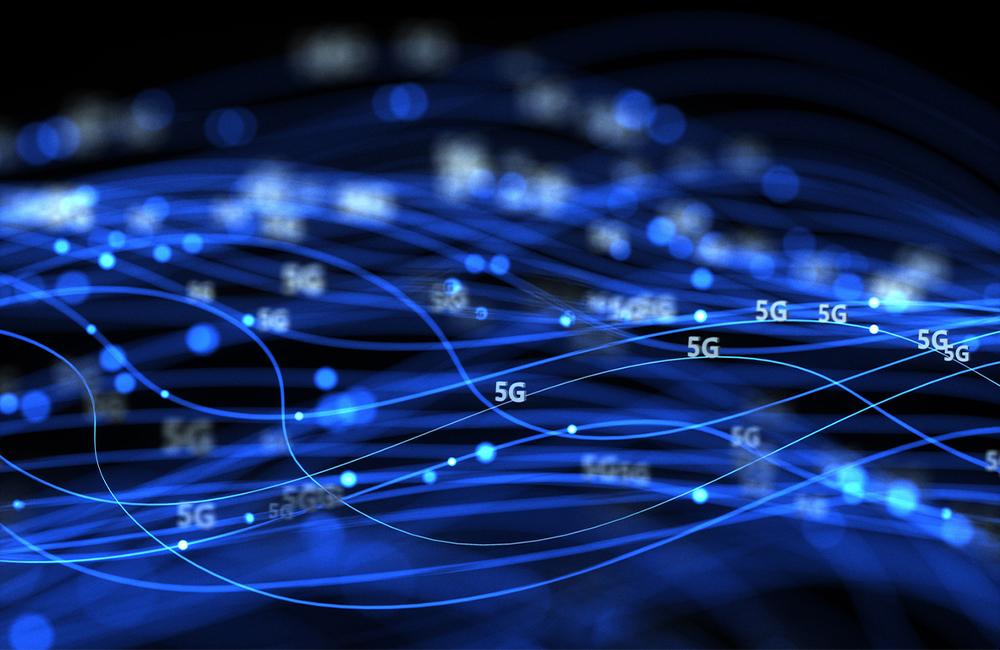CISA Pushes for Zero Trust in Latest 5G Guidance
Zero trust continues to be a major hallmark of cloud security, which includes 5G networks.

The Cybersecurity and Infrastructure Security Agency (CISA) and the National Security Agency (NSA) cited multitenant cloud infrastructures as the primary risk factor for 5G security in new guidance released earlier this month. To mitigate this risk, CISA and the NSA advise a zero trust approach to cloud and 5G security.
The new guidance is the third installment in a series on 5G security. In Part I and Part II of the guidance on 5G security, CISA and the NSA advocated the use of identity, credential and access management (ICAM) solutions to prevent unauthorized access to 5G networks and advised separation of network resources, (i.e., “pod security”), to prevent malicious lateral movement within a network should a breach occur.
Part III continues to emphasize the importance of data protection and zero trust for all cloud-based security efforts, especially as federal agencies like the Defense Department, the Department of Homeland Security and the Department of Veterans Affairs prepare their networks for 5G capabilities.
Multitenancy refers to multiple cloud infrastructure customers sharing a single physical infrastructure, including sharing security responsibilities, which is a common consequence of cloud modernization.
“5G networks, which are cloud-native, will be a lucrative target for cyber threat actors who wish to deny or degrade network resources or otherwise compromise information,” CISA and the NSA said in their joint guidance.
The joint guidance emphasizes data protection and zero trust architectures as the most reliable approaches to securing 5G networks, tracking with the latest federal cybersecurity guidance and comments from federal cyber leaders regarding cloud networks in general.
“Data in a network as vast as 5G cloud infrastructures cannot be secured by a solitary entity,” said Morgan Adamski, chief of NSA’s Cybersecurity Collaboration Center, according to the press release. “It takes the collaboration of government agencies and our industry partners. When we combine our unique perspectives, we can fit together the pieces of the puzzle and solve critical cybersecurity issues.”
NIST IT Specialist Jeff Cichonski said zero trust as a security strategy is “very applicable” to 5G networks in an October CyberCast interview with GovernmentCIO Media & Research. For federal agencies looking to deploy 5G capabilities, focusing on zero trust deployment is a great first step, but 5G security will not be “one size fits all” and will look different from network to network, Cichonski added.
“5G technologies definitely have multiple stakeholders — consumers and service providers,” he said in the interview. “We’re definitely seeing that shift to leveraging cellular networks for day-to-day business. I think it’s really important to take these networks into account, ensuring the risk process is understood … different applications or use cases for 5G will have different security requirements.”
This is a carousel with manually rotating slides. Use Next and Previous buttons to navigate or jump to a slide with the slide dots
-

DOD Accelerates Software Modernization with Agile DevSecOps Push
The Pentagon's software implementation plan tackles cultural hurdles and integrates security early to deliver critical capabilities faster.
6m read -

DOD Can No Longer Assume Superiority in Digital Warfare, Officials Warn
The DOD must make concerted efforts to address cyber vulnerabilities to maintain the tactical edge, military leaders said at HammerCon 2025.
4m read -

CISA's CVE Program and Why it Matters for Zero Trust
The vulnerability program provides the cybersecurity community visibility into software as part of a key pillar of CISA's zero trust model.
5m read -

Agencies Use AI to Boost Efficiency, Cybersecurity Under White House Mandates
DLA and GAO are investigating how AI can boost efficiency and bolster cybersecurity as agencies align with the president's tech directives.
3m read -

DOD Cyber Strategy to Adapt to New Budgets, Tech Innovation
Budgetary pressures spur innovation as department tackles aging infrastructure and evolving threats, says top cyber official.
4m read -

Accelerating Modernization to Boost Pentagon’s Efficiency
Sean O’Lone, former senior assistant to the Department of Navy CIO and current CTO of SAIC’s Navy Business Group, unpacks the future of defense IT modernization.
9m watch -

DISA, Navy Progress in Zero Trust Implementation Goals
Initiatives like Flank Speed and Thunderdome are proving successful scale in zero trust around lessons learned this year.
4m read -

Modernizing Maritime Medicine on USNS Mercy
Navy's Military Sealift Command is leveraging telepresence technology and extending wireless networks to transform the way medical care is delivered.
8m watch -

Navigating Zero Trust for Cybersecurity
The World Bank Group and Lumen advance zero-trust strategies and identity management to secure sensitive data.
18m watch -

Implementing Zero Trust to Boost Resiliency
Modernization, data security and culture shifts power zero trust at DOD and Red Hat.
32m watch -

Combatting Critical Infrastructure Threats Requires Unified Cyber Approach
Cyber officials stress threats to critical infrastructure and need for a unified strategy to modernize legacy systems and boost zero trust.
4m read -

Kratsios Brings AI, 5G, Future Tech to OSTP Forefront
The former federal CTO's return to the White House signals renewed push for U.S. innovation in emerging technology.
3m read




